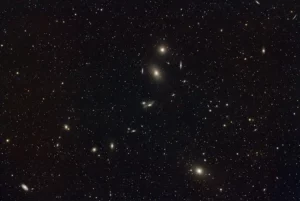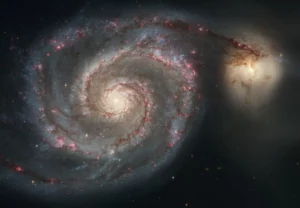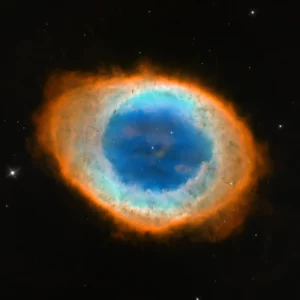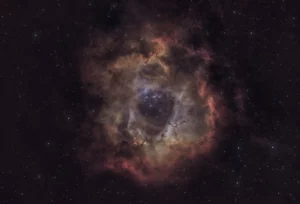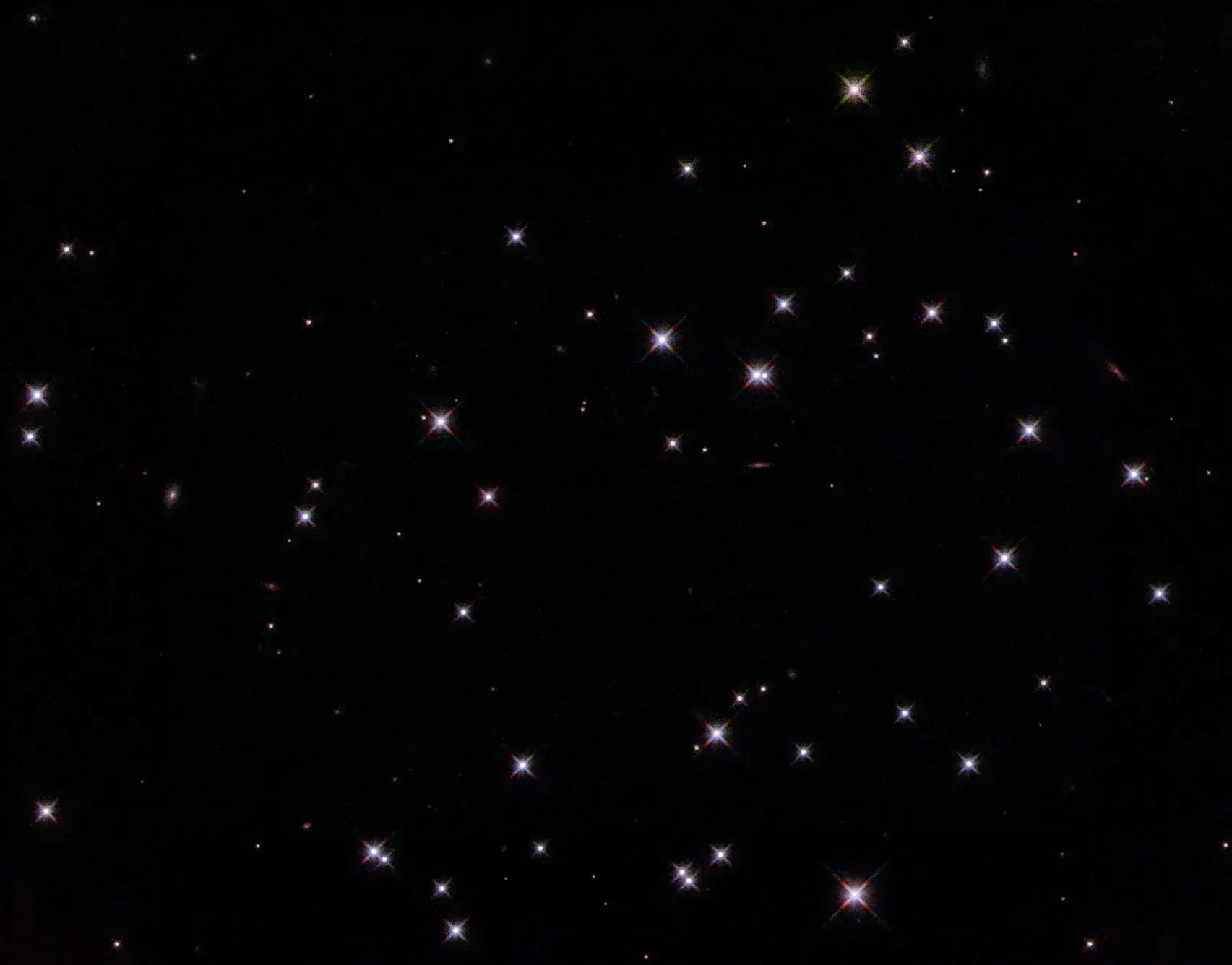
NGC 188 – Open Cluster in Cepheus
On clear, chilly evenings when summer begins to think about autumn, the dim constellation Cepheus is high in the north swinging above the pole. The stars of Cepheus are mostly 3rd magnitude or fainter, and not a single deep sky object here made it onto Messier’s famous list. On the other hand, Cepheus has a galactic cluster of unusual interest: NGC 188.
NGC 188 was discovered by John Herschel – the son of German-born astronomer Sir William Herschel – in 1831, and cataloged as h34 in his 1833 catalog. This object has the dual distinction of being both the northernmost and the oldest open star cluster visible from Earth. Located only 4° from Polaris, the North Star, NGC 188 consists of about 130 stars ranging from 12th to 17th magnitude. Together, they merge into an 8th-magnitude glow spanning some 15′.
While some keen-eyed observes have detected the dim presence of NGC 188 in 7×50 binoculars on extremely clear and dark nights, the cluster’s low surface brightness usually makes it a difficult find even in 4-inch instruments. With a 6-inch rich-field telescope, NGC 188 appears as a soft glow, speckled with tiny, often elusive, individual stars. Through a 10-inch or larger aperture the view is spectacular, and the whole field is scattered with diamond dust.
Studies indicate that NGC 188 is the most ancient of the known open clusters. The best estimates place its age at five billion years, as compared with 190 million years for M41 in Canis Major and only four million years for the Double Cluster in nearby Perseus. It seems that NGC 188 has survived so long because it rarely passes through the high-density regions of the galactic plane.
Most open star clusters are quite young on a cosmic age scale and typically contain hundreds of stars, many of which are bright, young, and blue. As a cluster ages, these short-lived suns are the first to exhaust their primary nuclear fuel of hydrogen, and their surfaces begin to cool. This is why older clusters, such as NGC 188, are nearly devoid of blue giant stars.
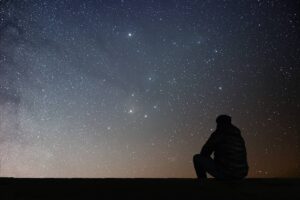
Emil, an avid astronomy writer, formerly owned and ran nightskyinfo.com, making the universe more comprehensible for his readers. He has recently handed over its reins to Tom Urbain from starlust.org, ensuring that his legacy of simplifying the stars continues to enlighten and inspire.
Discover More Deep Sky Objects to Observe🔭
This page is part of our collection of deep-sky objects articles. If you enjoyed the read, then you’ll love the following articles.

